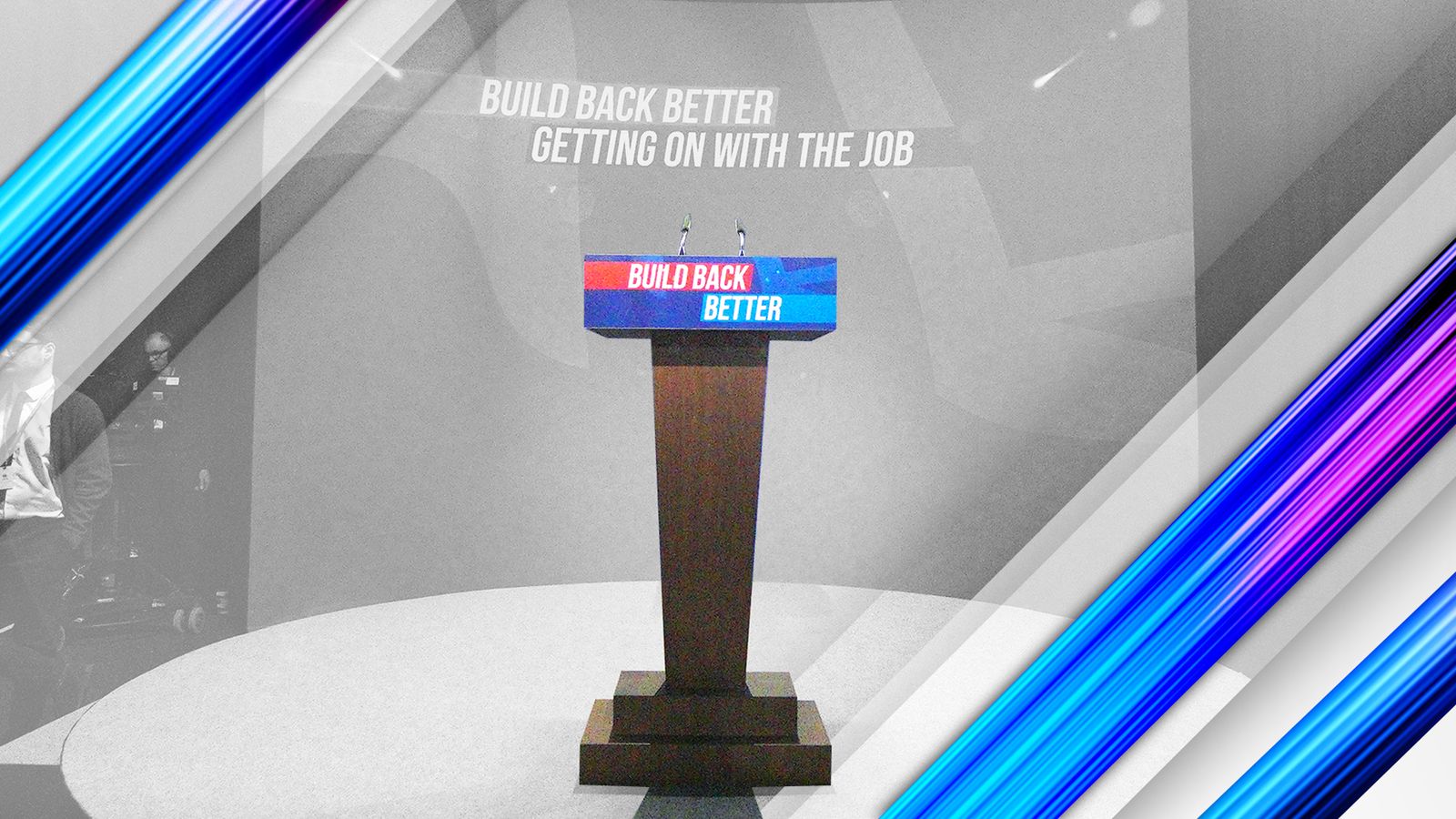Boris Johnson’s landslide general election victory in 2019 secured his position in Number 10, but he can only stay in post with the backing of Conservative backbench MPs.
That is now going to be put to the test, with a confidence vote due to be held later today.
It follows the publication of the Sue Gray report into lockdown-breaking parties in Number 10 and Whitehall, released in late May, and the Met Police’s investigation that concluded in late April.
Earlier the chairman of the 1922 committee of backbench Tory MPs confirmed he had received enough letters of no confidence in the prime minister to trigger a vote.
So how does the process work and what can we expect?
Letters of no confidence
The confidence vote has been called as a result of Conservative MPs sending letters of no confidence in the PM to the chairman of the influential 1922 Committee of Tory backbench MPs.
Who could replace Boris Johnson as the next Tory leader and prime minister?
Boris Johnson’s anti-corruption tsar resigns over partygate and will vote for PM to go
Sajid Javid says it’s ‘possible’ threshold to trigger leadership vote in Boris Johnson has been reached
Often referred to as “the men in grey suits”, the 1922 Committee is led by an 18-member executive committee with a chair elected by committee members.
MPs disgruntled with their party’s current leadership can submit no confidence letters to the committee’s chairman, registering their disapproval.
The Conservative Party rules state that at least 15% of Tory MPs must write a no confidence letter to make a leadership challenge possible.
This figure currently equates to 54 Conservative MPs needing to submit a letter to 1922 Committee chairman Sir Graham Brady.
Letters are handed in confidentially, so no accurate total of how many have been submitted to Sir Graham is publicly available. He is therefore likely the only person who knows the real tally.
In 2018, when former prime minister Theresa May faced a no confidence vote after the then threshold of 48 letters was reached, Sir Graham said not even his wife knew how many MPs had written to him.
At the time, only 24 MPs had publicly revealed they had handed in letters.
Politics Hub: Live developments as Boris Johnson faces confidence vote
A vote on the party leadership
The vote will take place between 6pm and 8pm this evening in the form of a secret ballot where all Conservative MPs will have to decide if they back the current leader or not.
Mr Johnson would have to secure the backing of half of his MPs plus one to survive.
If he were to gain the backing of the 180 MPs needed he would be immune from a further challenge for another year, under the current rules.
If he were to lose, there would be a leadership contest and he would be barred from entering.
However, if Mr Johnson were to just scrape enough votes to allow him to stay on, he could decide to stand down of his own accord – automatically triggering a leadership contest.
Please use Chrome browser for a more accessible video player
A leadership contest
If Boris Johnson does not secure the confidence votes required, a leadership contest will be held to decide his replacement.
The 1922 Committee would set the timetable for the contest.
To take part in the race, a Tory MP has to be nominated by eight colleagues.
If more than two MPs put themselves forward and secure enough nominations to run for leader, a series of secret ballots will be held to whittle them down.
Follow the Daily podcast on Apple Podcasts, Google Podcasts, Spotify, Spreaker
The individual who receives the fewest number of votes will be eliminated after every round until two candidates remain.
When just two MPs are left in the race, party members get to make their final choice before a deadline set by the 1922 Committee.
The winner will become Conservative Party leader and PM.
Assuming the new leader was able to command the confidence of the House of Commons, they would not be required to call a general election.
However, a new leader could choose to call an election if they wanted to secure their own mandate.






















